Commonly used in the automotive and aerospace industries, thermoforming is crucial in manufacturing many of society’s most essential products. But what is thermoforming and how does the production process work? To begin, thermoplastic sheets are heated to their softening point. Once adequately heated, the sheet is stretched across a single-sided mould and manipulated. When cool, the sheet will have taken on its desired shape. These newly moulded sheets are then used in a multitude of ways. From guttering to cisterns, thermoforming forms the foundations of the products we benefit from daily.
What Is Thermoforming? A Guide To Thermoforming
Thermoforming is one of the most consistent and efficient production systems available. Businesses can now easily reproduce products at the heart of their operation at a previously impossible scale. From small designs to massive projects, thermoforming has the potential to benefit businesses of all sizes in all industries. Continue reading for a full thermoforming breakdown.
- What Is Thermoforming Plastic?
- Can Thermoforming Plastics Be Recycled?
- How Does A Thermoforming Machine Work?
- Is Thermoforming Expensive?
- What Is The Difference Between Thermoforming and Thermosetting?
- What Is The Thermoforming Process?
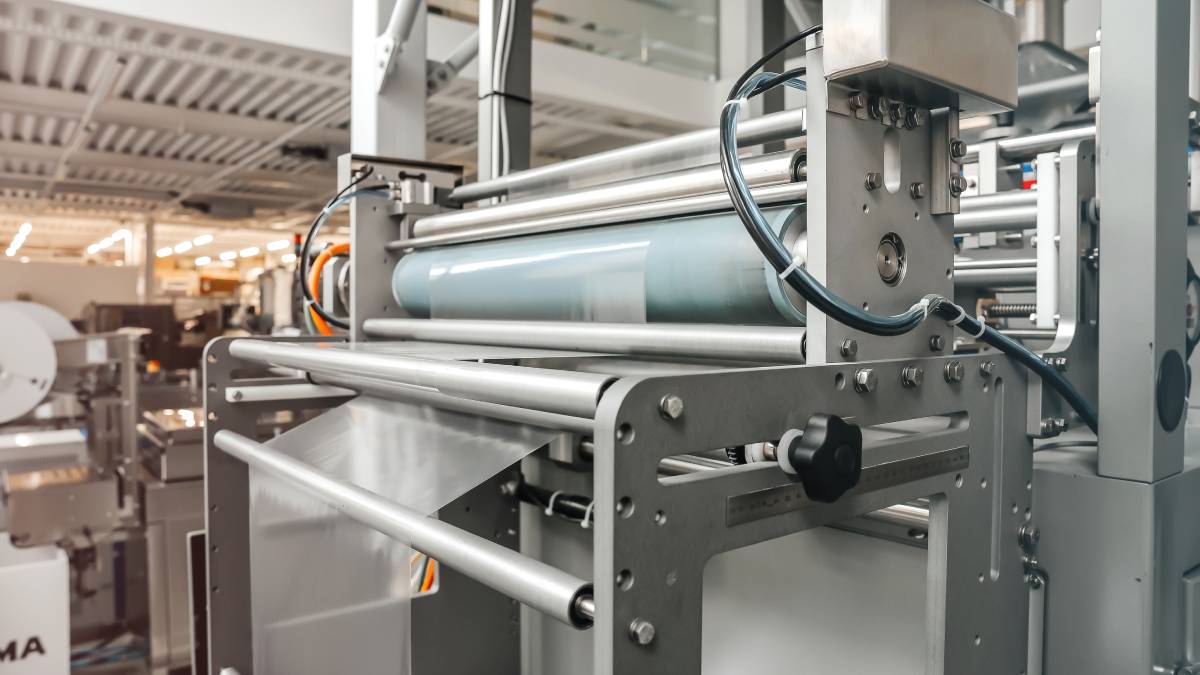
What Is Thermoforming Plastic?
Thermoplastic is a plastic polymer that becomes soft when heated and hard when cooled. There are many types of thermoforming plastic. By
definition, they are any plastic that becomes homogenised when heated. This means the particles that make up the plastic become uniform and, therefore, easier to manipulate.
Thermoforming plastics come in all shapes and sizes. From polythene HDPE, used to create buckets and milk crates, to acrylic, used to create baths, myriad plastics are available. These plastics can be identified by their bendy characteristics when solid and low heat resistance.
The choice of material depends on the manufacturing project and the characteristics required in the final product. For example, polyamide-imide (PAI) has the highest tensile strength of all thermoplastics and is often found in engines and electrical connectors. On the other hand, polyethylene terephthalate is often used to make bottles and food containers due to its transparent properties.
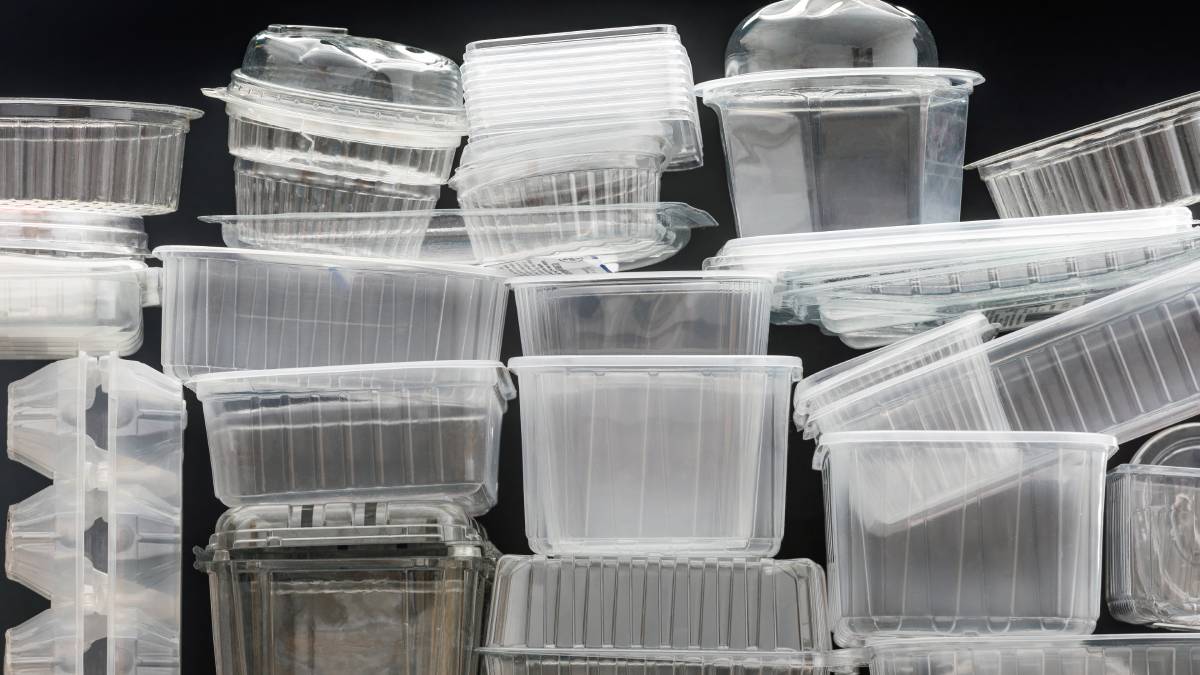
Can Thermoforming Plastics Be Recycled?
As thermoplastics make up 80% of the world’s plastics, most can be recycled and transformed repeatedly. Thermoplastics are divided into further subcategories depending on their properties. Not all plastic products can be recycled, so the numbers and symbols found on them can help us understand the appropriate disposal route. Each number within the ‘chasing arrows’ symbol has a different meaning:
Symbol 1, PETG or PETE:
This symbol represents polyethylene terephthalate. Commonly used in drinks bottles and cooking oil containers, this plastic is easily recyclable and often part of standard household recycling programmes. It can be reused to make carpets and furniture.
Symbol 2, HDPE:
High-density polyethylene is one of the most commonly used plastics. The plastic of choice for bleach and detergent containers, HDPE is low in weight but high in strength. HDPE can be recycled into pipes and pens and is also commonly accepted as part of household recycling
Symbol 3, PVC or Vinyl:
Used in bubble wrap, PVC is lightweight and rigid. It’s rarely recycled and not usually part of household recycling. In rare cases, it can be recycled into speed bumps and roadway gutters.
Symbol 4, LDPE:
Low-density polythylene is the plastic used in shopping bags. It’s not usually recycled but can be converted into floor tiles.
Symbol 5, PP:
Polypropylene plastic is durable and light, so it’s perfect for luggage and furniture. It’s increasingly being accepted in household recycling programmes.
Symbol 6, Styrene:
Also known as polystyrene, this plastic is commonly used in refrigerator trays and toys. It’s not usually accepted as part of household recycling but can be made into egg cartons and rulers.
Symbol 7, Other:
Other plastics include, but are not limited to, acrylic plastic, polycarbonate plastic, polylactic fibres, nylon, and fibreglass. For symbol 7 plastics, it’s best to confirm whether they’re recyclable with a local recycling programme.
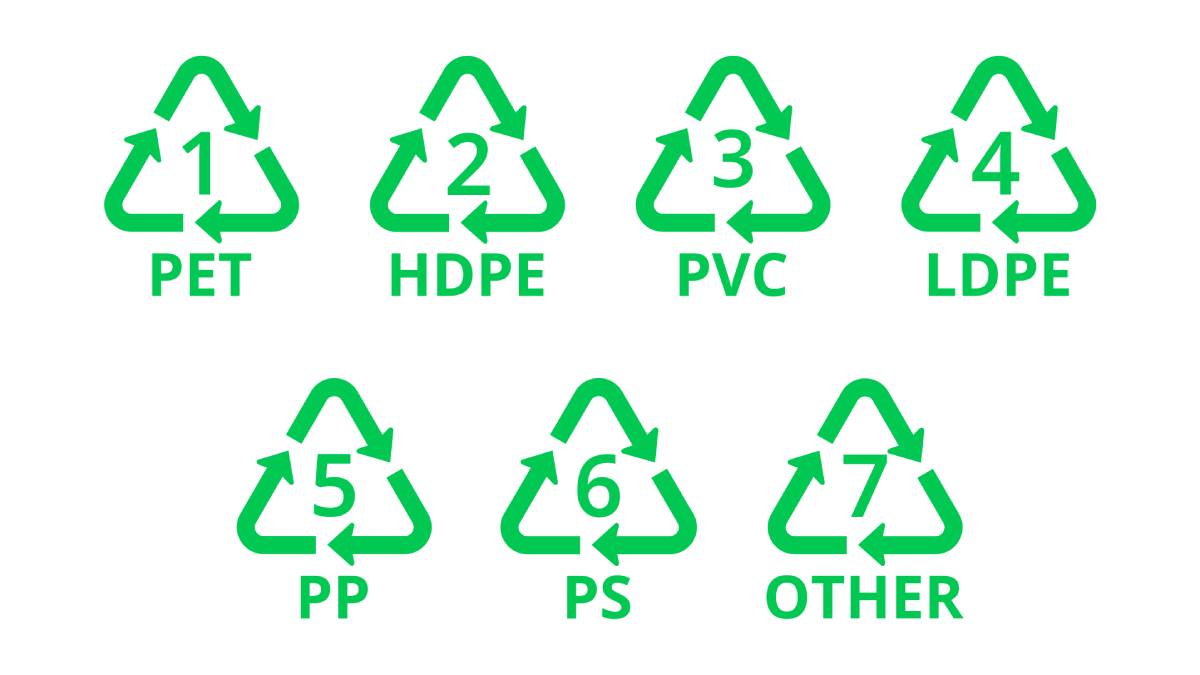
How Does A Thermoforming Machine Work?
Many thermoforming processes exist, but vacuum and pressure forming are the most popular. Both are very similar, but each has distinct advantages and disadvantages.
Vacuum Forming
In the vacuum forming process, a plastic sheet is heated to a forming temperature and stretched onto a single-surface mould. This sheet is then forced against the mould using a powerful vacuum.
When the material is removed from the mould, it will have taken on the precise shape of the mould as it has cooled. This process produces parts that are dimensionally stable on one side with high-quality aesthetics on the other.
This process is ideal for objects that maintain a permanent shape each time they’re produced. For example, a vacuum forming machine can produce protective covers and vehicle parts in huge quantities.
While it may appear relatively simple, many problems can arise when vacuum forming isn’t done correctly. Absorbed moisture can create bubbles within the plastic’s inner layers, weakening the sheet. It’s necessary to ensure the plastic is completely dry before beginning the thermoforming process.
Not just this, but when the plastic is overheated, or the moulds are oversized, webs can form in the plastic sheets. Careful temperature monitoring and attention to detail are imperative.
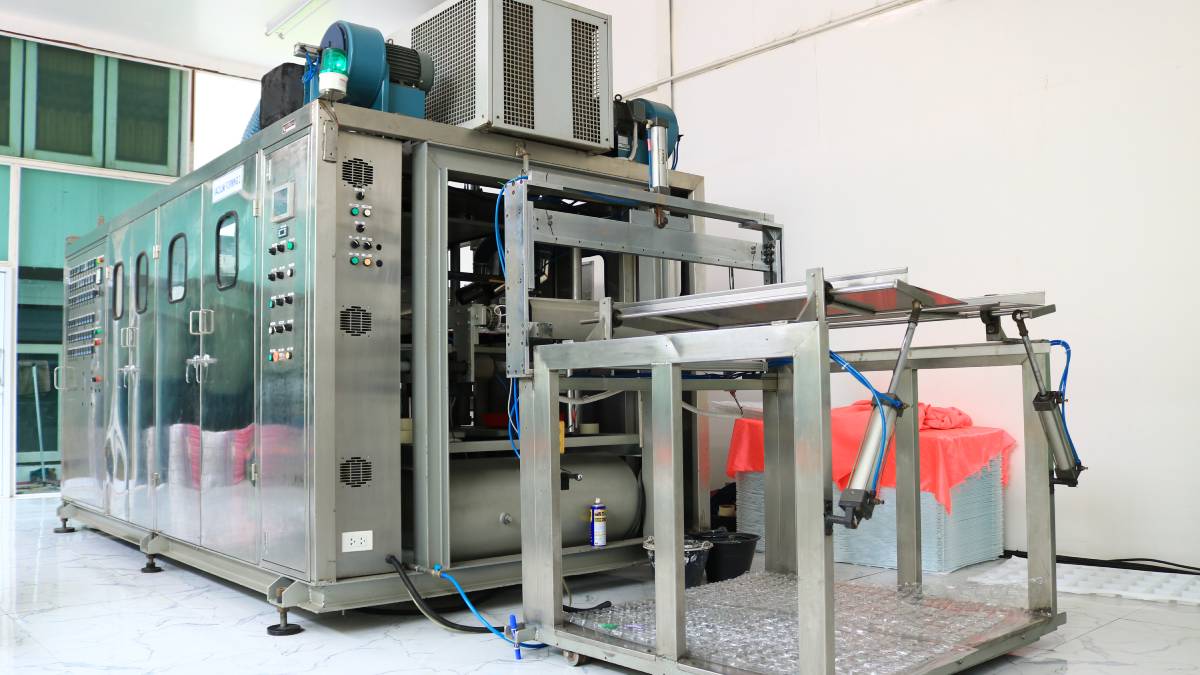
Pressure Forming
Pressure forming is very similar to vacuum forming, but it uses compressed air to drive the warm sheets of material into the mould instead of a vacuum. Pressure forming is often seen as an upgrade on vacuum forming as the intense pressure applied allows for extra sharp detail in the cooled plastic.
This process’s ability to produce highly detailed products makes it perfect for forming things like medical equipment, multi-part assemblies and housings. This operation takes less time to design, making it more effective at producing smaller products.
Negative pressure forming machines also exist and employ enhanced negative pressure during forming. This increased negative pressure ensures tighter plastic adherence to the mould as it softens. Negative pressure thermoforming handles complex geometric shapes and ensures precise product contours.
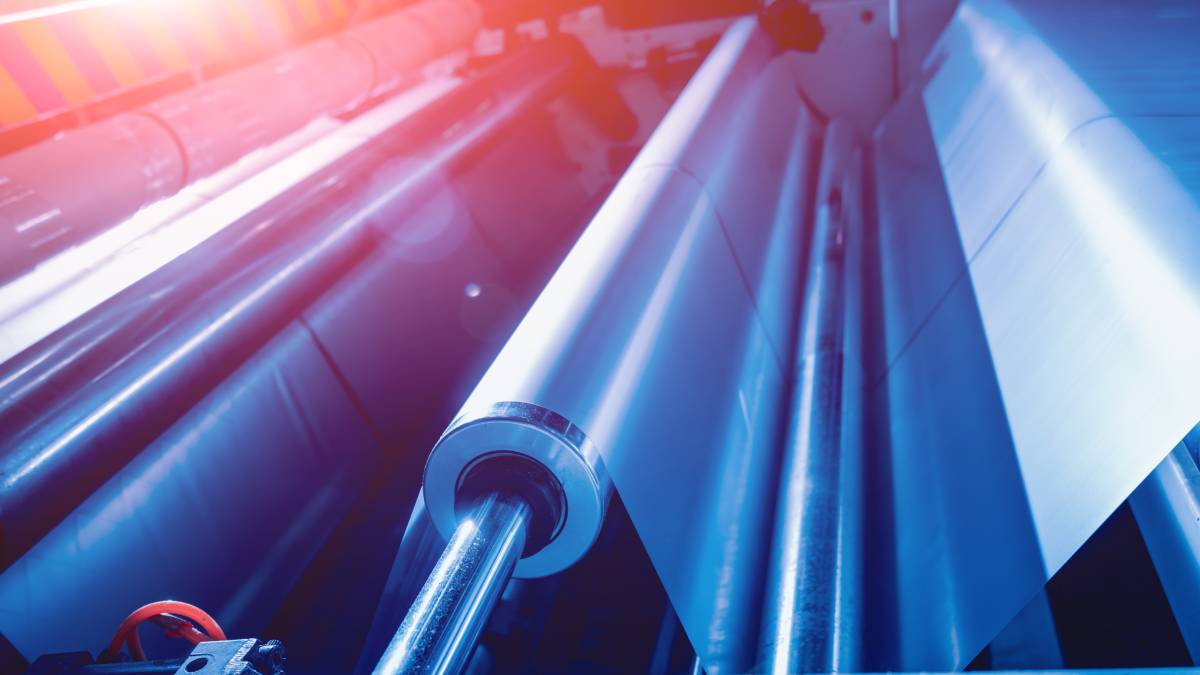
Is Thermoforming Expensive?
The cost of a thermoforming operation depends on several factors. Initial design and prototyping, mould making, material selection, finishing, and labour will all influence the process’s cost. For this reason, it isn’t easy to place a fixed price on any thermoforming production process. Let’s take a look at some of the key variables:
Materials:
With so many thermoplastics available, each comes at a different cost. The price per sheet can range from pennies to thousands of pounds, so selecting the best plastic for the final product is crucial.
Design and Tooling:
Designing the thermoforming mould can be a costly part of the production process. Each mould must be created from scratch to meet the product’s needs. Small and simple moulds will likely be much cheaper than large complex designs. The tooling process can last for weeks, and the longer it takes, the higher the costs.
Secondary Operations:
There may be additional operations or processes to consider when developing a thermoforming production. This might include trimming or texturising procedures once the plastic has cooled. These secondary processes are likely to contribute to the total production cost massively.
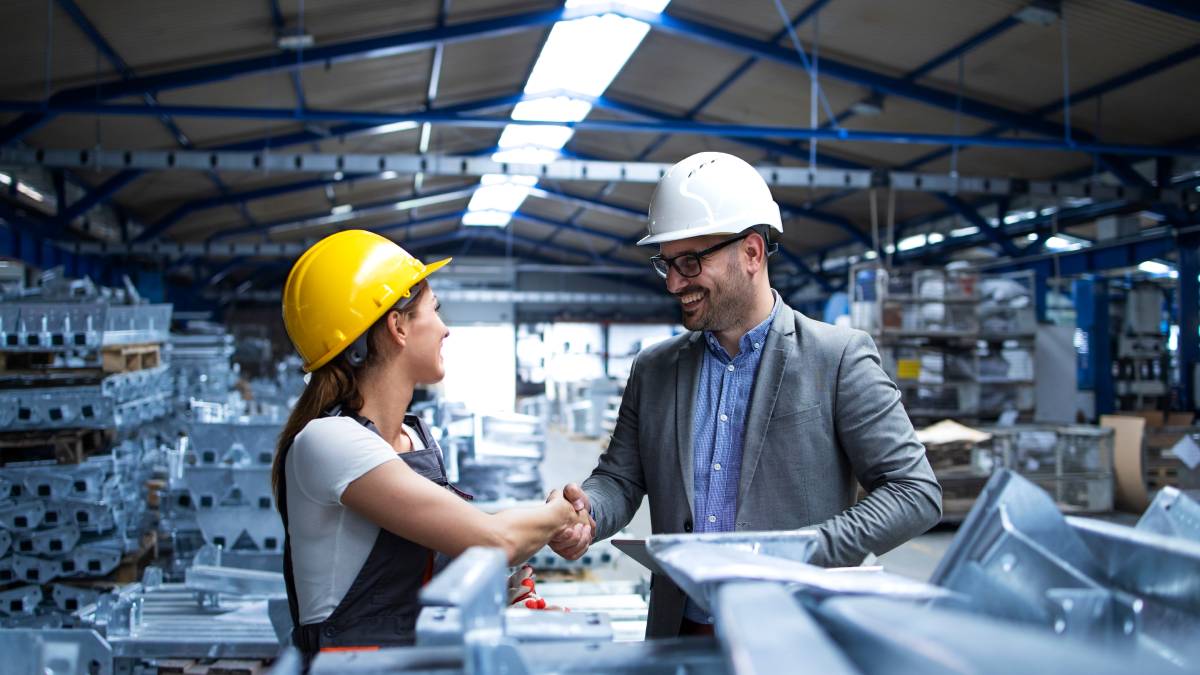
What Is The Difference Between Thermoforming and Thermosetting?
Unlike thermoforming plastics, thermosetting plastics are heat resistant and can only be formed once. Despite their rigidity, they, too, benefit society in many ways. These three thermosetting polymers offer a wide range of uses:
Epoxy resin (ER):
Supplied as two parts, one resin and one hardener, these two plastics combine to create extra-strong adhesives. They’re very heat resistant and an excellent thermal insulator. ER can be used for waterproof coatings and lamination.
Melamine formaldehyde (MF):
This thermosetting polymer is very resistant to scratching and staining, so it is often used as a laminate for worktops.
Urea formaldehyde (UF):
This is a hard and stiff plastic with excellent thermal insulation. It is used for electrical fittings and toilet seats due to its strength.
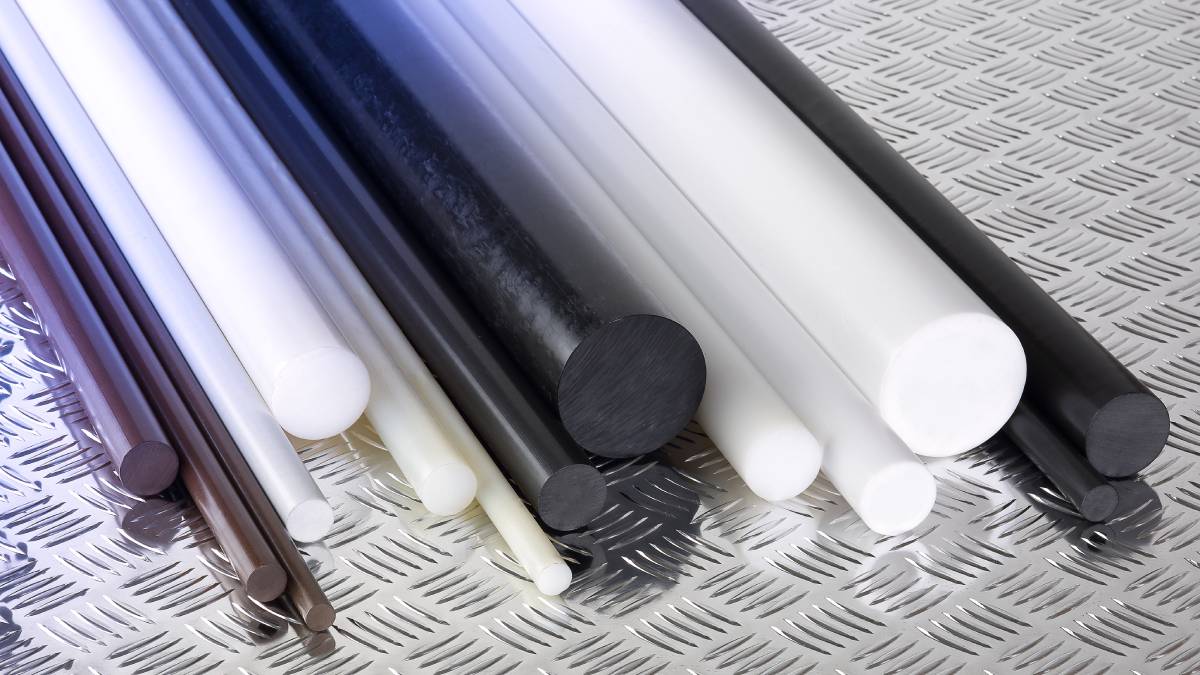
What Is The Thermoforming Process?
After the thermoforming machine has shaped the plastic, the excess material is usually trimmed off, leaving a rim around the finished article. Modern thermoforming machines are usually equipped to handle the trimming and cutting process. However, trimming and cooling may be done externally for more conventional machines.
Once the product has been trimmed to its desired size, it will undergo the cosmetic procedures intended, usually intended to increase marketability. This might involve texturising and coating the plastic with paint. This stage is more common in thermoforming operations for consumer goods.
Following the procedures to improve the plastic’s aesthetic appeal, the newly formed thermoplastics will be stacked and prepared for dispatch. A considerable advantage of the thermoforming process is the efficiency in packing. Each plastic sheet has been formed using the same mould, so they will often stack easily.
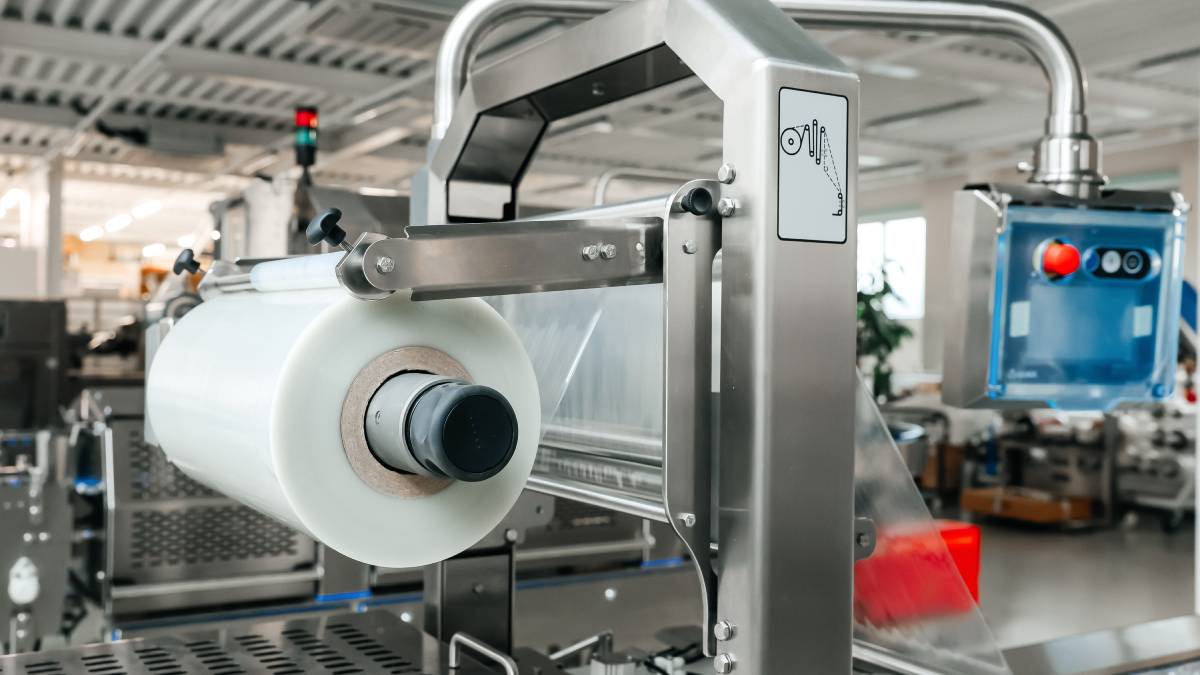
What We Can Offer
If thermoforming sounds like something that would benefit your business, contact us at O’Leary Engineering to discuss how to develop the best operation for you. With over 50 years of experience, our expert team of engineers will ensure you receive the best service possible.
O’Leary Engineering stocks a vast range of thermoforming machinery for projects of all sizes. Our machines are sourced from the leading manufacturer, Scandivac and designed for detailed and efficient results. Using cutting-edge microprocessors, operators can repeat jobs with complete precision without worrying about overheating. At O’leary Engineering, you’ll have peace of mind knowing your business is in the best hands possible.
